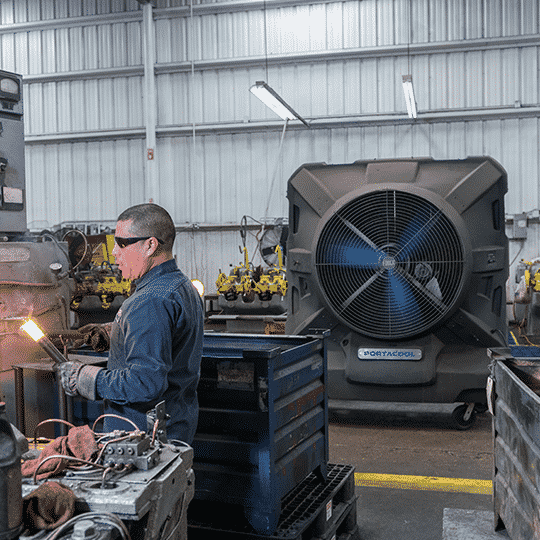According to the Occupational Safety and Health Association (OSHA), thousands of workers become sick from occupational heat exposure each year.  However, heat-related illnesses are preventable. “The best way to prevent heat-related illness is to make the work environment cooler,” OSHA states.
However, heat-related illnesses are preventable. “The best way to prevent heat-related illness is to make the work environment cooler,” OSHA states.
It is important to understand how the body handles heat and hot conditions when evaluating the potential for employee heat-related illnesses. As temperatures rise, the body releases heat more slowly. As humidity increases, sweat evaporation decreases and stagnant air makes sweat evaporation even more difficult. When these three factors are combined, you have a higher potential for health and safety concerns. The chances for accidents due to sweaty hands, dizziness and decreased mental alertness go up considerably.
Additionally, increased body temperature and discomfort can lead to irritability and frustration that could lend to more careless behavior. This puts the worker and the work environment at risk when one is not properly prepared for the heat.
Given that most heat-related health problems can be prevented, or at least the risk of developing them can be reduced, taking a proactive approach gives two-fold benefits. You will effectively ensure worker safety and in-turn, productivity. Both will positively benefit the company’s bottom dollar.
Prevention – preventative steps on the jobsite
(*For more information about safety while working in the heat, see OSHA’s heat illness webpage and online guidance page for employers that outlines how to use the heat index to protect workers.)